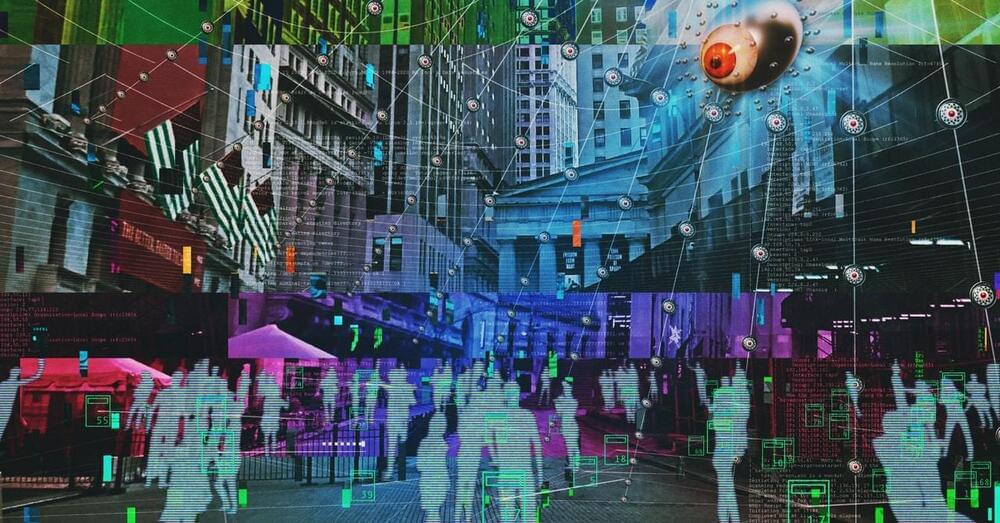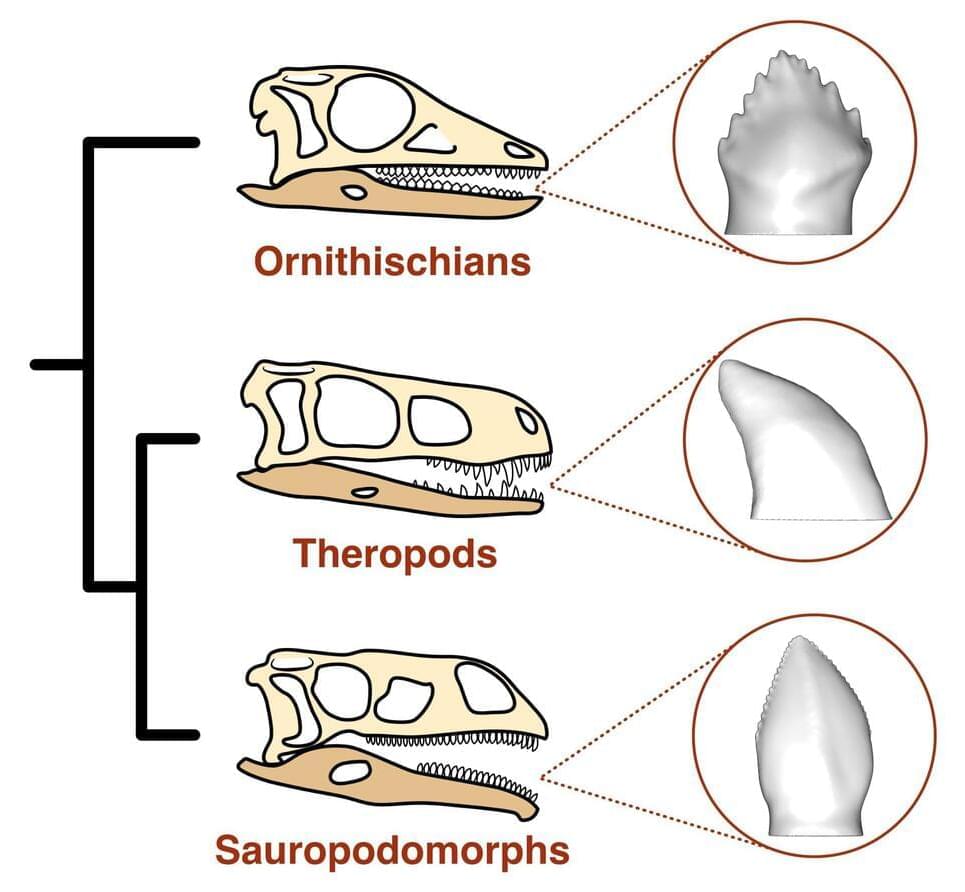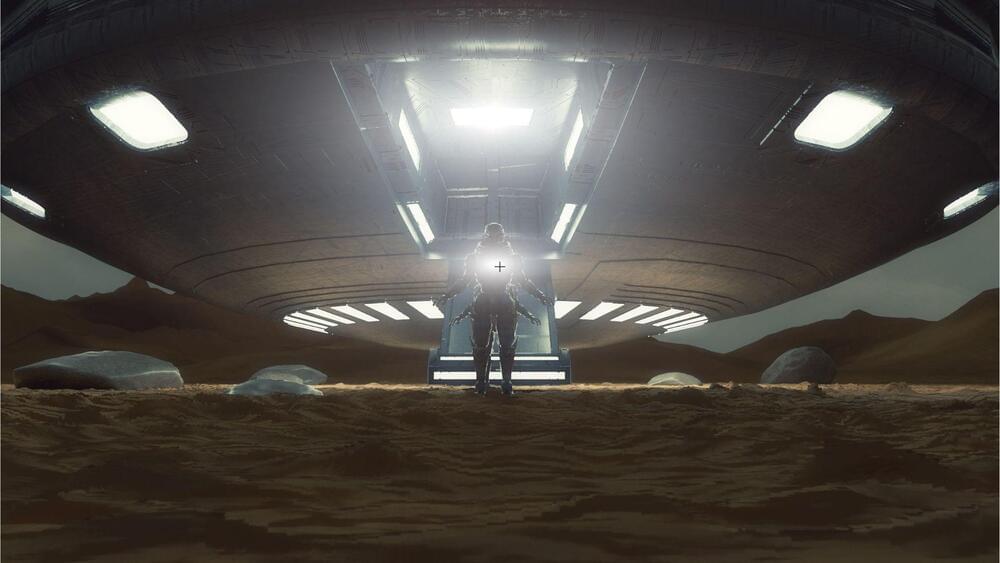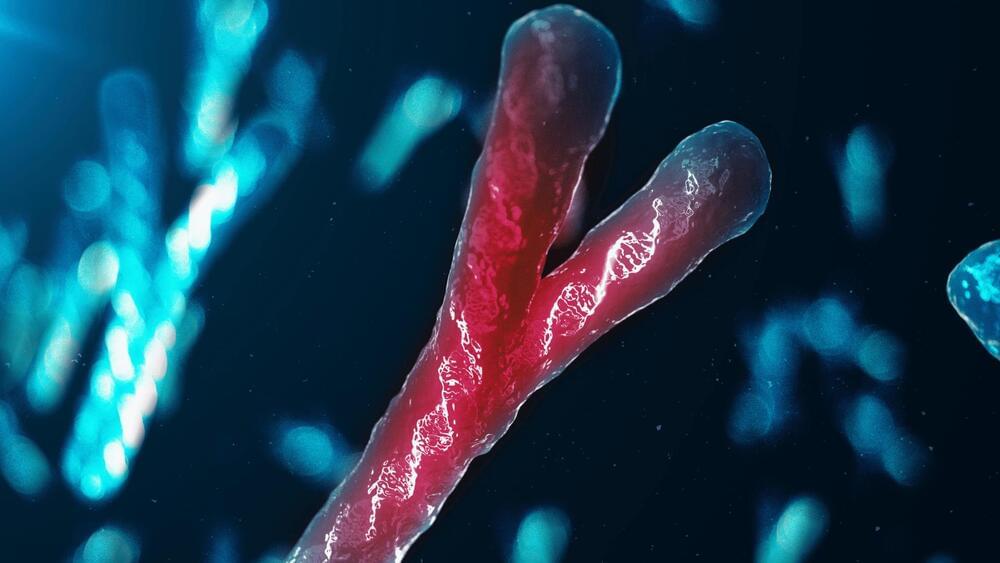The Lifeboat Foundation Guardian Award is annually bestowed upon a respected scientist or public figure who has warned of a future fraught with dangers and encouraged measures to prevent them.
For the first time since 2006, we have two joint recipients of the Lifeboat Foundation Guardian Award. This year’s recipients are Jerome C. Glenn and Volodymyr Zelenskyy, who are defending against world existential risks and country existential risks, respectively.
Jerome C. Glenn and Volodymyr Zelenskyy are winners of the 2022 Guardian Award.







